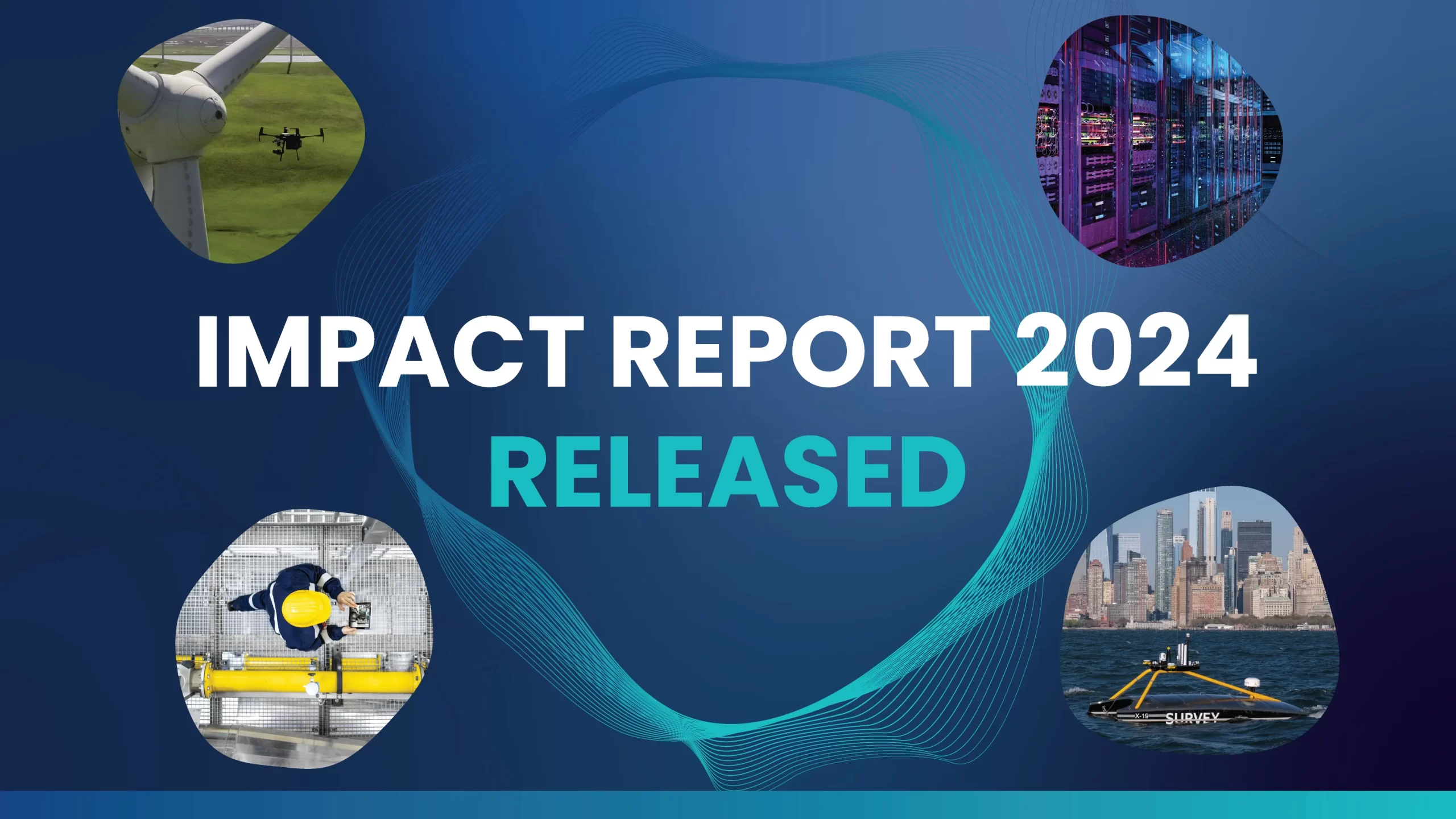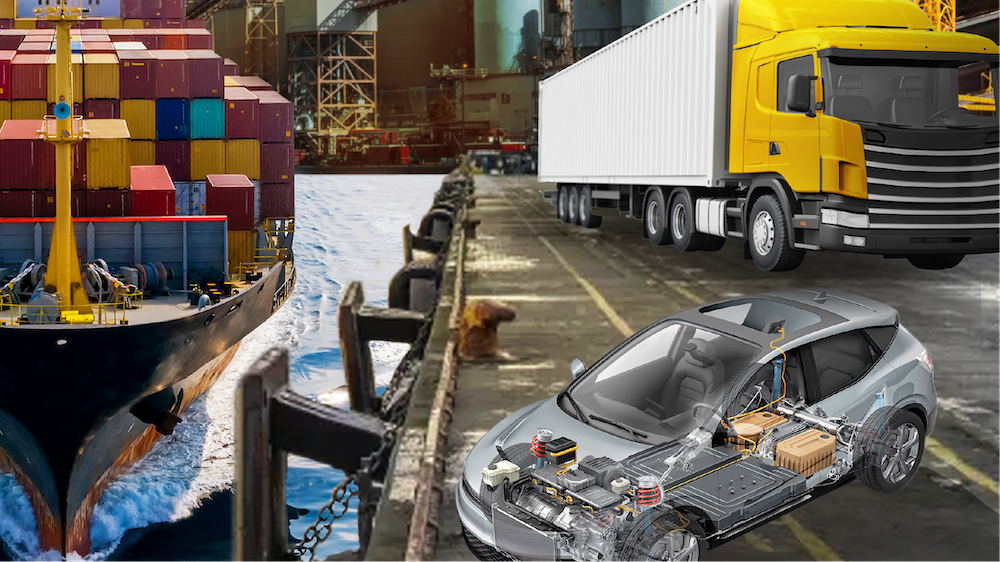

This is the third article of our series on carbon dioxide (CO2) reduction. In the previous two articles, we discussed the scale of the global challenge, our approach to developing our CO2 reduction Investment Portfolio and how our differentiated commercialization model supports our investments’ impact and financial potential. In this third article, we look at the diversity of the sectors we are investing in to deliver the most impact.

Global investment in climate technologies, including those focused on reducing CO2, has been accelerating. However, at a macro level the capital is not flowing where the biggest emissions are for the investment impact to be greatest and the world’s climate goals to be met. About three-quarters of investment capital is allocated to mobility and renewables, but the bulk of GHG emissions emanate from industry, manufacturing and resource management, the built environment and food and agriculture.
OGCI Climate Investment focuses on several under-invested, often over-looked sectors for decarbonization and climate impact opportunity. Those sectors are not necessarily harder to decarbonize – though that can be the case, of course – but it means they’ve received less attention in these relative early days of the global decarbonization push.
That led us to where we have invested over the past five years through our Catalyst Fund I: energy production (including oil and gas); heavy transportation, particularly heavy-duty vehicles and shipping; heavy industry (concrete, cement, steel, chemical production); and commercial buildings, both from low-carbon construction and energy management perspectives. We have not focused on the passenger car segment, where considerable investment dollars are already concentrated. We have looked instead at enablers in the underlying technologies.

OGCI Climate Investment’s Impact Report on greenhouse gas emissions shows the strong potential & early progress of its investments.
This is because these technologies align to our impact-first and forward-looking mandate; we need to assess the embedded emissions of certain emerging technologies and then look for better alternatives. Industrial supply chains supporting electric vehicles (EVs) and batteries are growing strongly and so are their emissions. This is why we invested in Qnovo, which operates in the EV space, but it is playing into quite a new area that some of the original equipment manufacturers (OEMs) haven’t yet entered.
Qnovo provides software that manages lithium-ion batteries, enabling greater capacity utilization, extended battery life, faster charging and predictive analytics for battery recall avoidance and failure prevention. If we use batteries more effectively, we can reduce the raw materials and energy that goes into their production, avoiding GHG emissions growth as a result.
“Batteries are fundamental to the world’s future,” Qnovo CEO Nadim Maluf says.

“Investing in the future of mobility requires directing capital towards companies like us to be able to scale and deliver climate solutions for the sector” – Nadim Maluf, Qnovo CEO
“But if you don’t put intelligence around the battery to really optimize its functionality, productivity and safety, all those aspects that today our consumers, our drivers, our companies are asking for, then you’re not going to have deployment at a scale that begins to really make an impact on emissions.” Having deployed its products across cars and mobile phones, the company knows that its solutions work. The question now is how to get them across millions of cars and millions of people globally, Maluf says. “Macroeconomic enablers are very important to accelerate the required behavioral changes in people,” he continues. “Investing in the future of mobility also requires directing capital towards companies like Qnovo to be able to scale and deliver climate solutions for the sector.”

“Our technology leads to higher profit margins, reduced CO2 emissions and less traffic congestion” – Iñigo Juantegui, Ontruck CEO
Steel is also one of the subsectors that OGCI Climate Investment has devoted much time to looking for both the near-term emissions reduction, which might be efficiency or process improvements, and then the longer-term ones, in the form of electrification, as in the case of our portfolio company Boston Metal. Steel is manufactured using coal, using carbon, and as much as 9% of all the CO2 globally comes from steel manufacturing, according to the World Steel Association.
Boston Metal decarbonizes steel manufacturing by replacing coal with clean electricity. “We have the technology that we believe can address this problem, as it can scale to billions of tonnes of impact,” Boston Metal CEO Tadeu Carneiro says.
His company needs “patient capital”, as this isn’t yet an off-the-shelf technology, but Boston Metal firmly believes its technology will be commercial in 2026 – comfortably inside our first milestone of 2030 to deliver strong growth in GHG impact across our investments. “OGCI CI has been established to look for climate solutions in a serious way,” Carneiro says. “So, it’s important to be associated with it and with OGCI member companies. The relationship has been very good since day one.”
Although OGCI CI’s investments cover a wide variety of industries, of course, we also attract interest from those innovators of technologies, products and services looking to expand into the oil and gas sector. Our ability to help them connect with the decision makers in those companies is one of our many points of value and differentiation. And as an investment firm already active in a number of sectors beyond oil and gas, we continue to expand, because the most impactful opportunities and innovation are evolving every day. With close to 30 investments in our portfolio today, and years of investment and operational experience behind us as a team, we have demonstrable track record in helping companies mature and grow, in anticipating and navigating risks and developing commercialization plans to accelerate and maximize their impact potential.
We provide resources and support through our extended networks, well beyond our heartland of oil and gas. We offer our potential investees and our portfolio companies access to an industrial network, that we leverage and our investments benefit from.
In the concluding article of the series, we take a deep dive in our differentiated commercialization approach.
Some of the technologies referenced in this series are trademarked by the company in question. All rights reserved.



